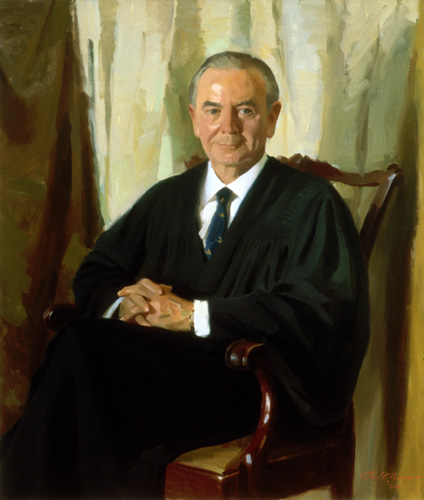ED WHELAN | National Review
1972—Who knew that contraception had such generative power? A mere seven years after Justice Douglas’s majority opinion in Griswold v. Connecticut (see This Day for June 7, 1965) holds that married persons have a right to contraception hidden in the “penumbras” and “emanations” surrounding a right to marital privacy, Justice Brennan’s majority opinion in Eisenstadt v. Baird extends that right to unmarried persons. Dismissing as immaterial the marital relationship that Douglas had posited to be pivotal, William Joseph Brennan Jr., in a wondrous bit of bootstrapping, uses the Griswold holding as the basis for an equal-protection ruling (“whatever the rights of the individual to access to contraceptives may be, the rights must be the same for the unmarried and the married alike”) that undermines the very foundation of Griswold.

Brennan’s hijinx don’t end there. With Roe v. Wade already pending (it was first argued in December 1971), Brennan smuggles into his Eisenstadt opinion this assertion: “If the right of privacy means anything, it is the right of the individual, married or single, to be free from unwarranted governmental intrusion into matters so fundamentally affecting a person as the decision whether to bear or beget a child.” One year later, Justice Blackmun’s majority opinion in Roe quotes this passage immediately before declaring that “[t]hat right necessarily includes the right of a woman to decide whether or not to terminate her pregnancy.”

